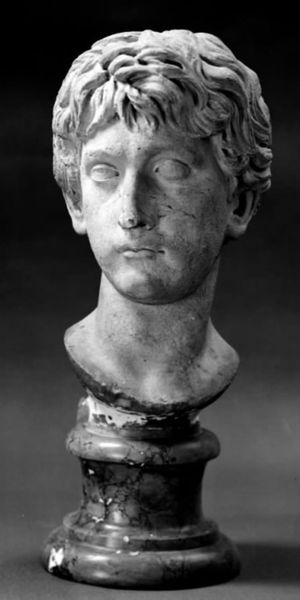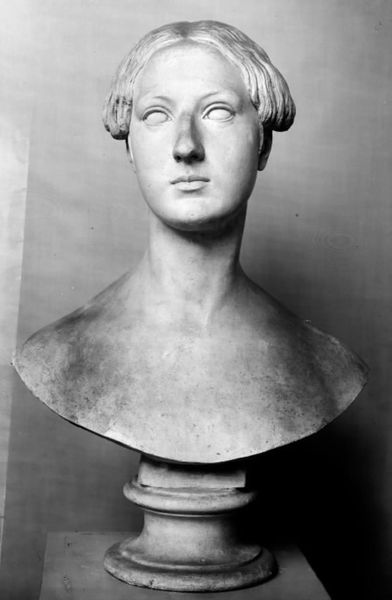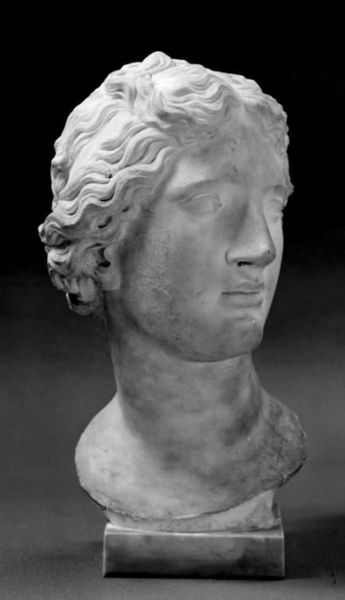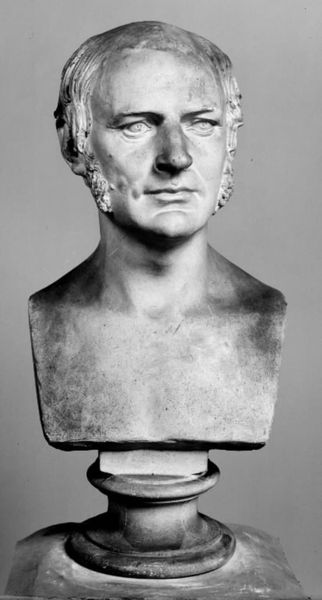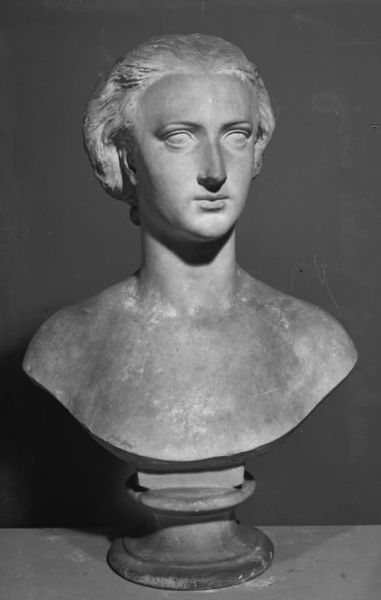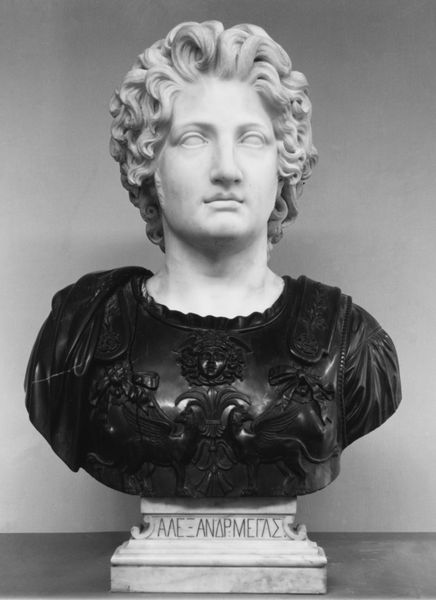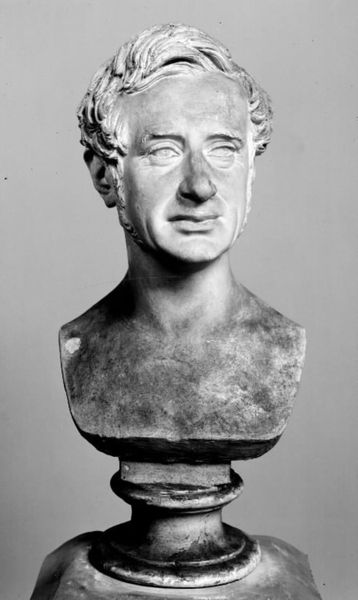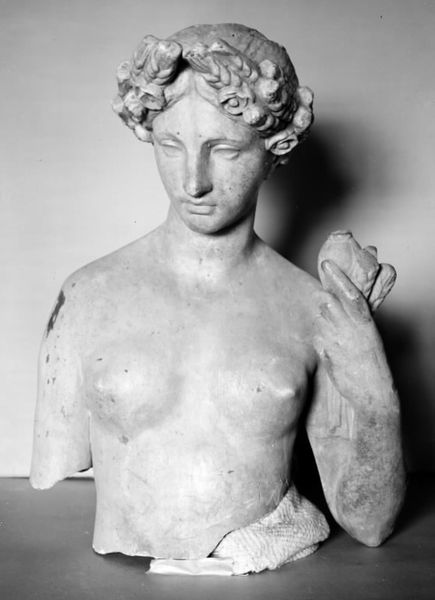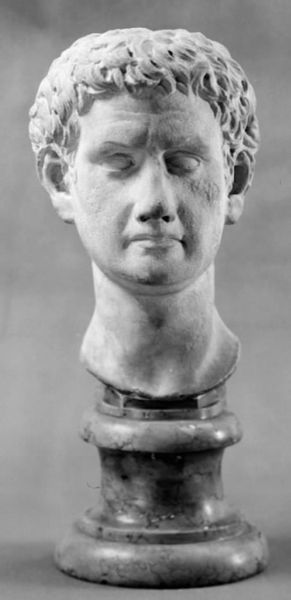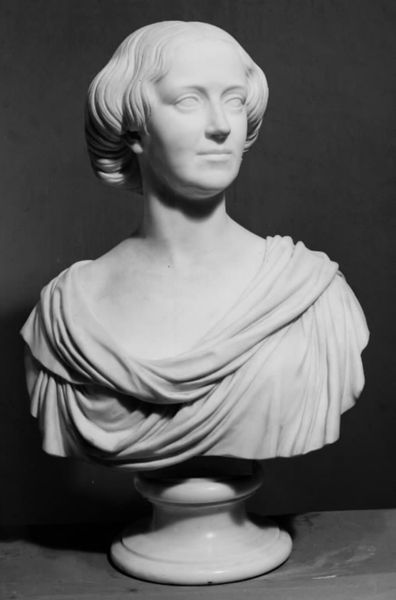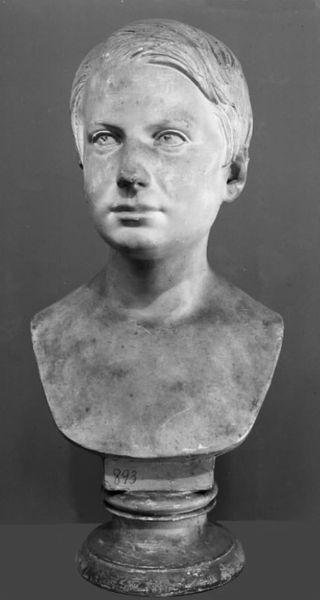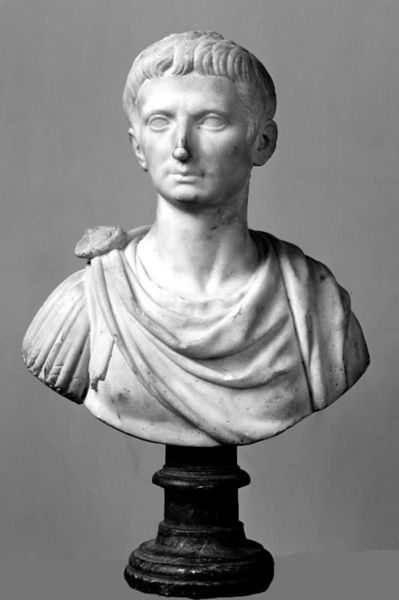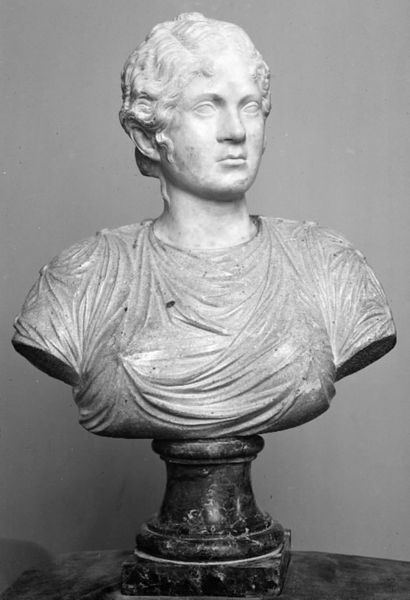
sculpture, marble
#
portrait
#
baroque
#
sculpture
#
sculpture
#
marble
Dimensions: 58 cm (height) (Netto)
Editor: This sculpture, “Romerinde,” is an anonymous work from the 17th century, made of marble. It has such a striking elegance. What are your initial thoughts on this bust? Curator: Looking at the materiality is crucial. Marble, particularly in the 17th century, wasn’t simply *chosen*; access dictated creation. The quarrying, transportation, the labor…each block represents an enormous investment of human effort and capital. How does that material reality shift your view of the sculpture? Editor: It makes me think about who this portrait might represent. Was marble typically reserved for the elite? Curator: Precisely. Who had access to these materials and the skilled labor necessary to sculpt them? What statement was the commissioner trying to make through this extravagant display of resources? It is clearly a Baroque piece, with its realism, but how might it challenge boundaries between high art and craft in the period, considering the means of production involved? Editor: So, you're saying that the act of making is just as important as the subject in understanding this work? Curator: Absolutely. This sculpture is a product of social and economic systems as much as it is an artistic endeavor. The smooth texture and classical style hides complex social relations and labor practices, doesn't it? Think of the material and what the material really represents in society and commerce! Editor: I never really considered the process that way before, just the finished product. It’s really interesting to think about it within a broader material context, not just as “art.” Curator: Exactly! This allows us to view art as intertwined with social realities and question conventional aesthetic categories.
Comments
No comments
Be the first to comment and join the conversation on the ultimate creative platform.
